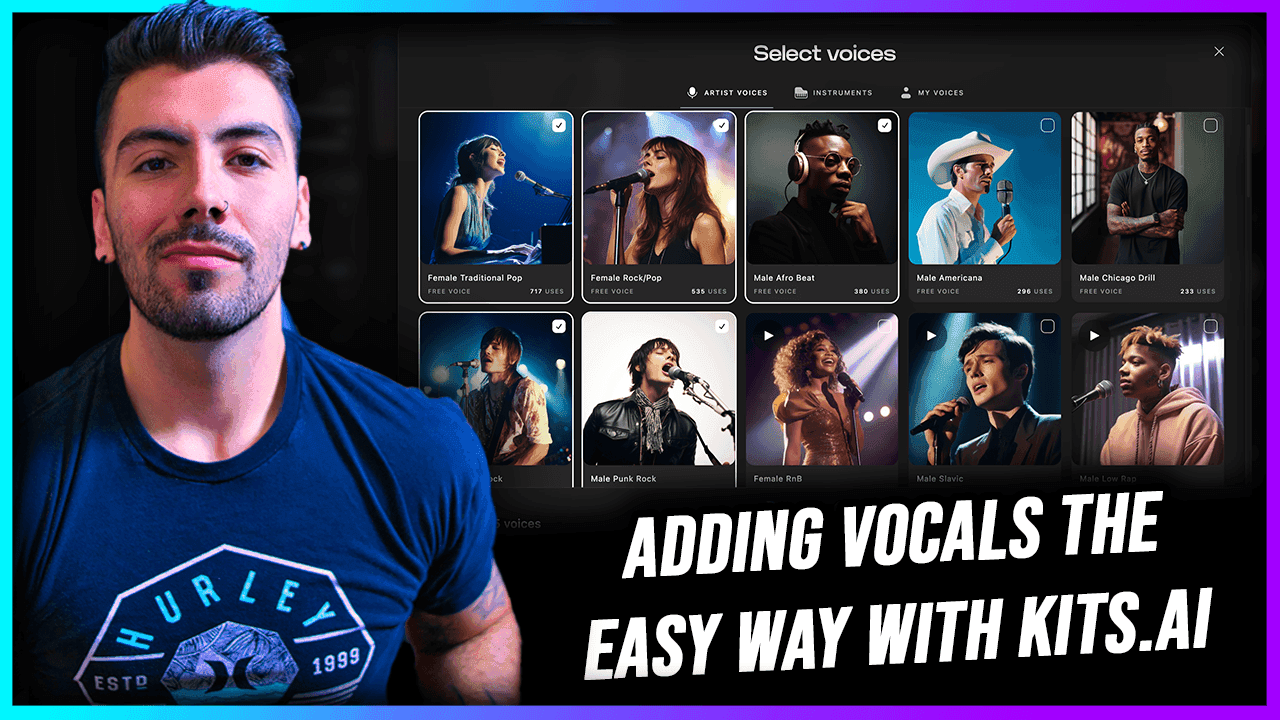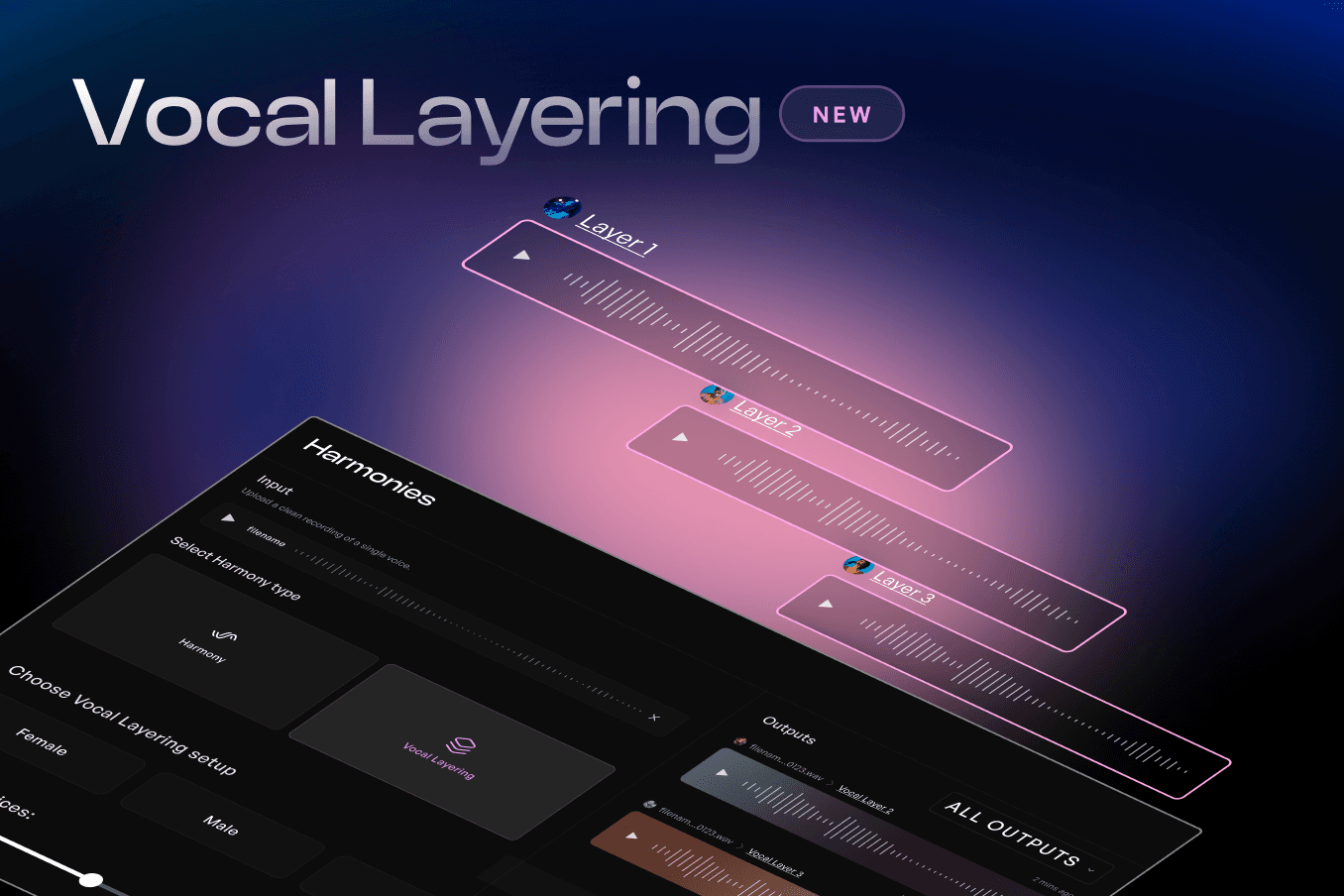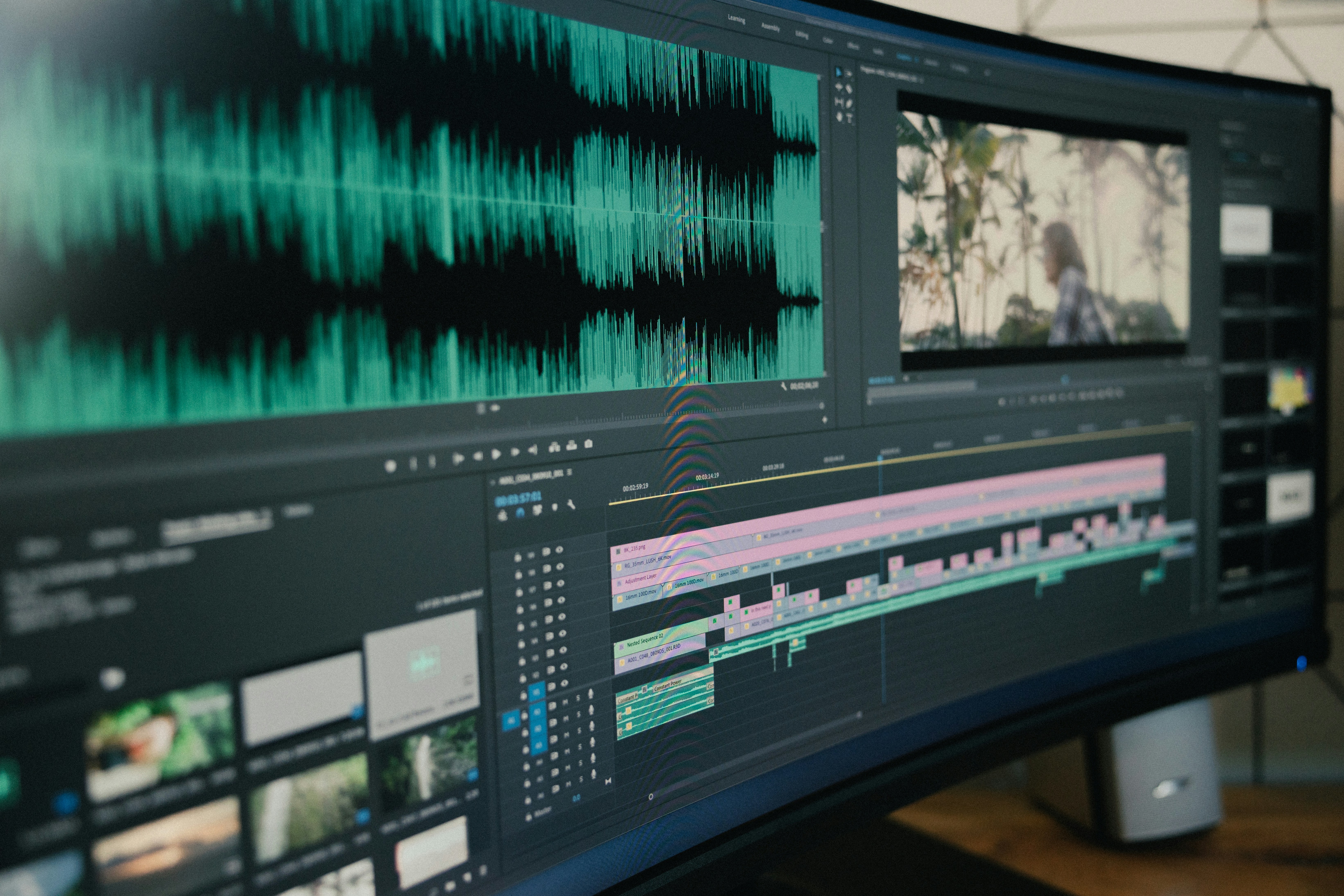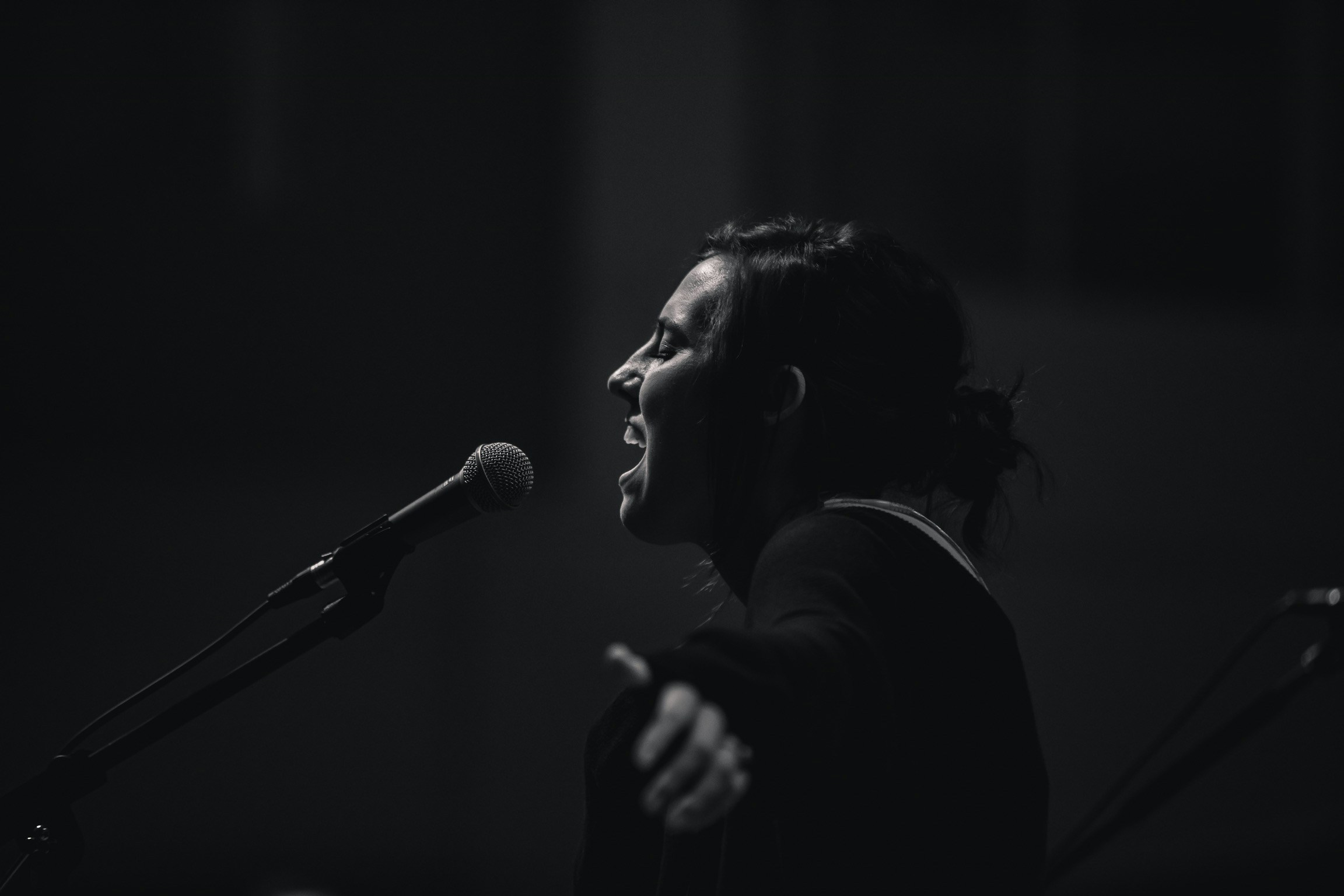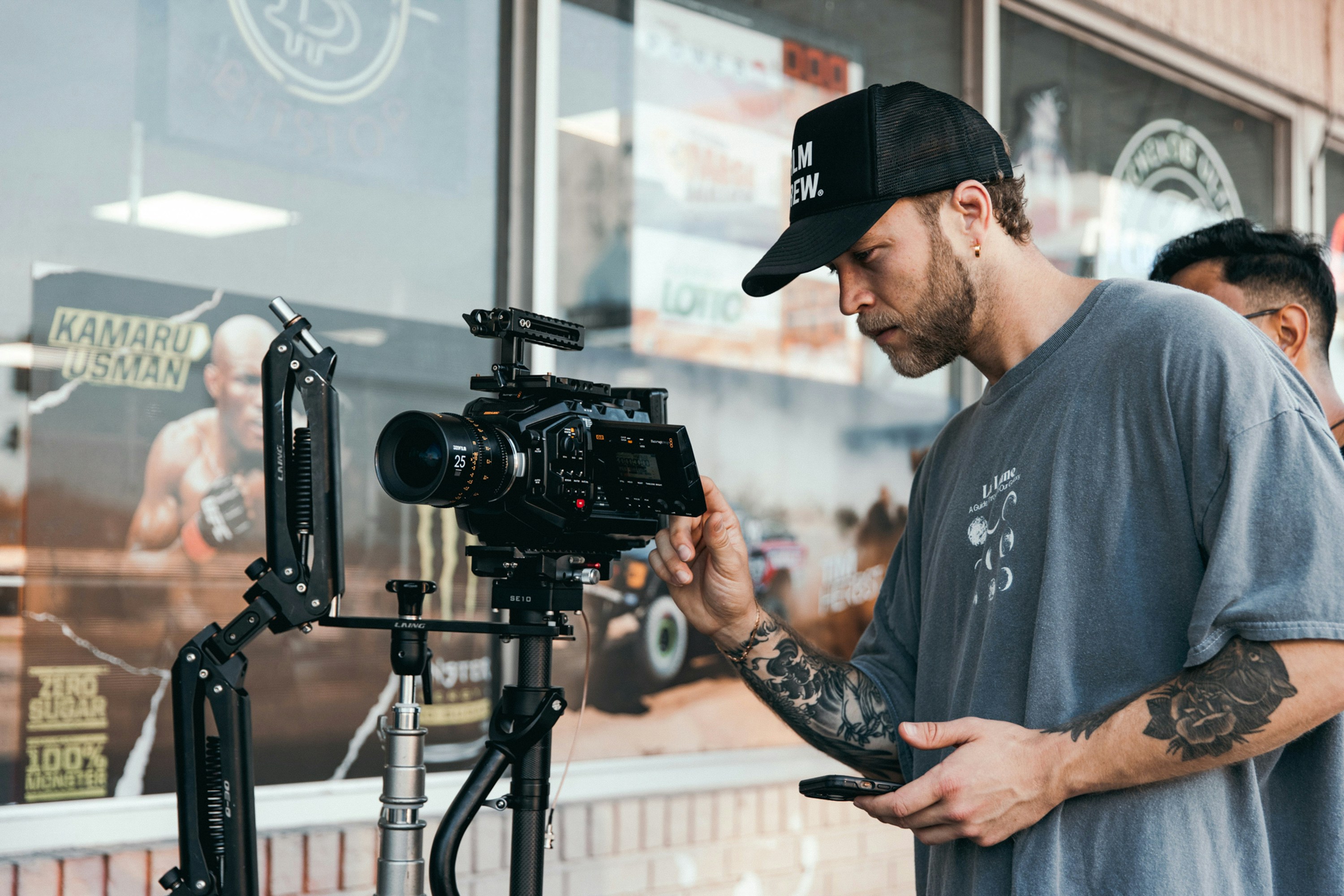Using AI Singing Generators to Streamline Your Music Production Workflow
Written by
Published on
February 12, 2024
Understanding AI Music Generators
Streamlining music production workflows is crucial for artists and producers who want to maintain a competitive edge and consistently release new music to keep up with the rapid pace of the industry. AI voice generators have emerged as a potent tool in this endeavor, offering a means to expedite the process of creating and fine-tuning vocal tracks. By leveraging the power of artificial intelligence, these innovative solutions enable creators to produce high-quality vocals without the need for extensive studio sessions or the limitations of traditional recording methods.
AI voice generators are advanced software tools that utilize artificial intelligence to synthesize and process vocal sounds. These generators have the capacity to imitate a wide array of vocal styles and characteristics, making them an essential asset for music producers looking to infuse their tracks with a specific vocal quality or texture. The technology behind AI voice generators has progressed substantially, allowing for a broad selection of AI-trained vocal models that users can select to match their musical vision.
1. Getting Started with AI Song Generators on Kits AI
The initial setup of an AI voice generator involves selecting the appropriate software or service, commonly referred to as a "kit." These kits serve as a comprehensive solution for vocal creation, enabling users to swiftly generate vocals for their music projects. The introduction of AI into the music production workflow can significantly reduce the time and effort typically required to record and process vocals, thereby simplifying the overall music creation process.
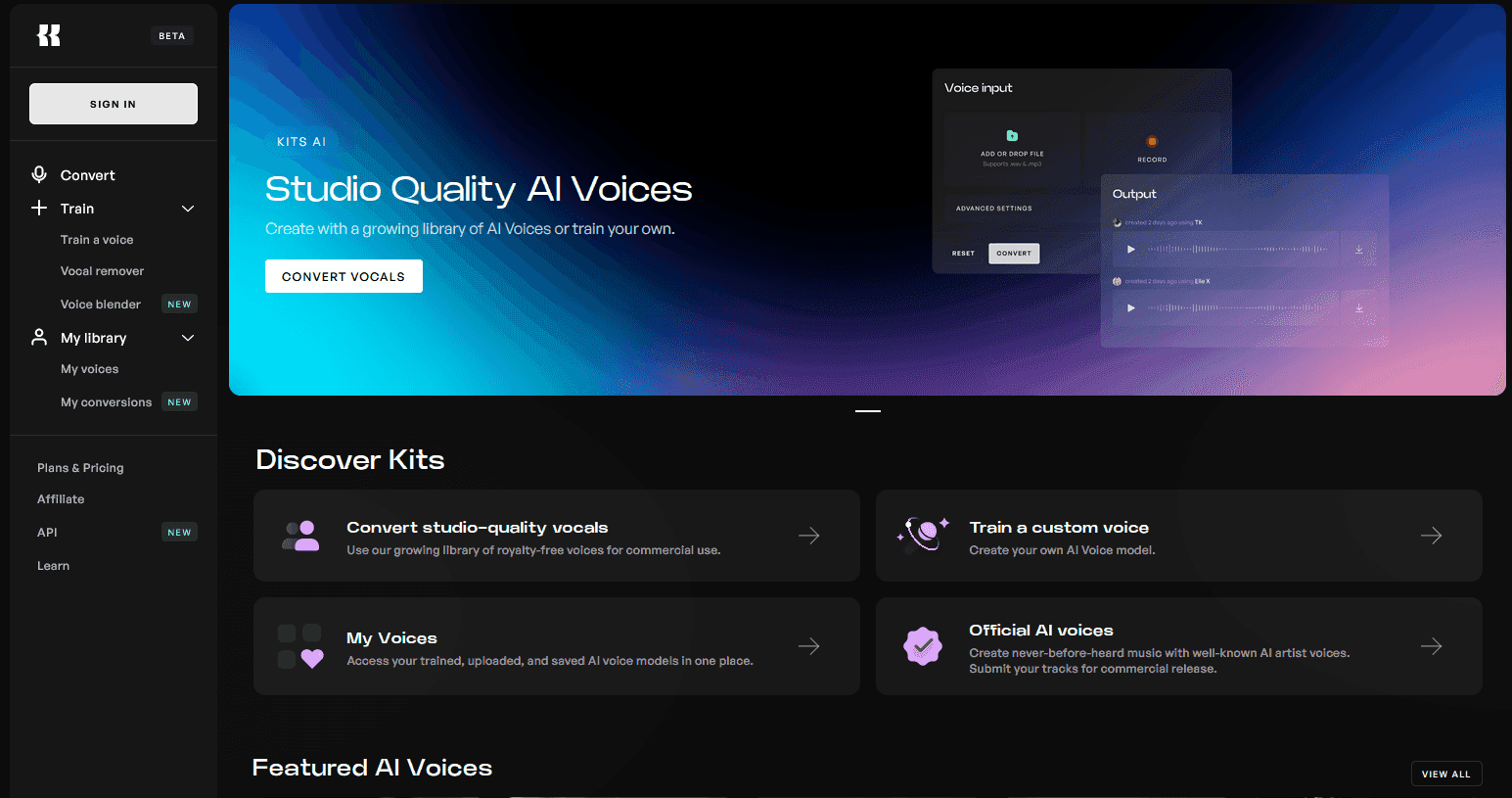
2. Selecting the Best AI Voice Models for your Music Production
Choosing the right AI vocal model is a critical step in the workflow. A diverse range of the best ai voice generators are available across a variety of different genres, styles, and range. Music producers can select from these royalty-free options based on the desired outcome for their track. The ability to combine up to five different models simultaneously further enhances the versatility and creative possibilities, providing producers with multiple vocal layers or styles in a single pass.
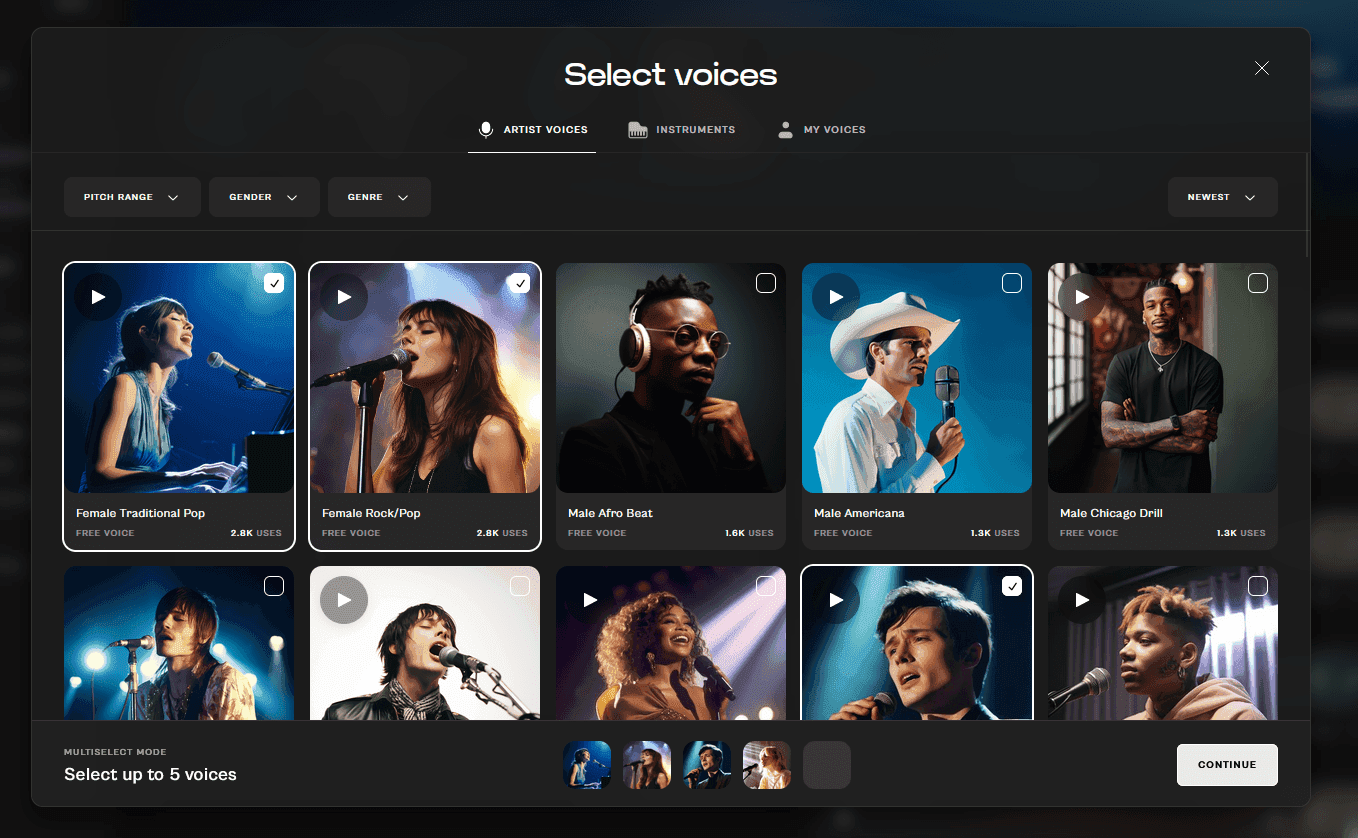
3. Fine-Tuning with Advanced Settings
To achieve the desired vocal quality, it is essential to fine-tune the audio using the advanced settings provided by the AI voice generator. These settings allow for precise adjustments to the key, conversion strength for more articulate AI vocals, and model volume for dynamic control. Navigating these settings effectively can lead to a clearer and more polished vocal output, essential for professional-sounding music production.
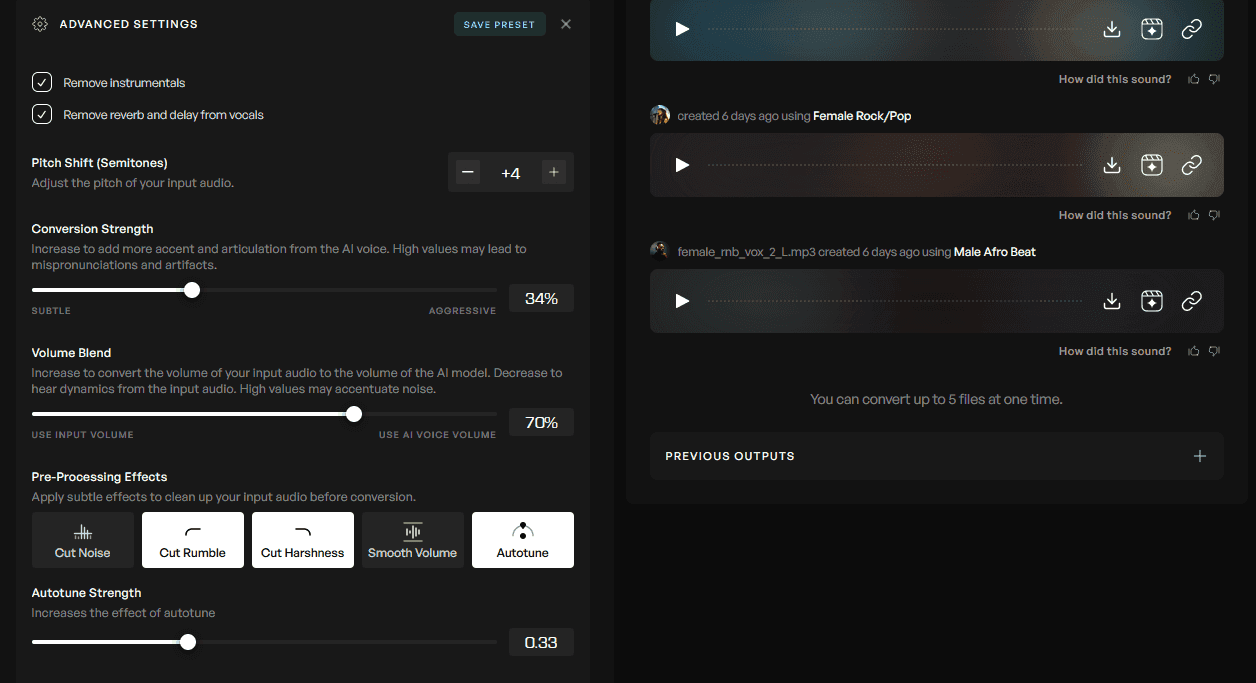
Experimenting with AI Voices
Experimentation is key when working with AI voices. Producers are encouraged to explore various vocal models to assess their impact on the music. By experimenting, one can discover unexpected textures and nuances that may elevate the track to new heights. It is through this process that the flexibility and innovative potential of AI voice generators truly shine, offering a range of sonic possibilities that would be challenging to achieve through traditional methods.
Voice to Instrument Free AI Song Generators
AI voice generators are not limited to vocal sounds alone; they also possess the ability to transform vocal recordings into a variety of instrument sounds. This feature opens up a realm of creative possibilities, allowing producers to reimagine their own voice as instruments such as saxophones, cellos, or bass guitars. By converting vocal lines into instrumental melodies, producers can add unique textures and layers to their music that would otherwise require separate instrumental recordings.
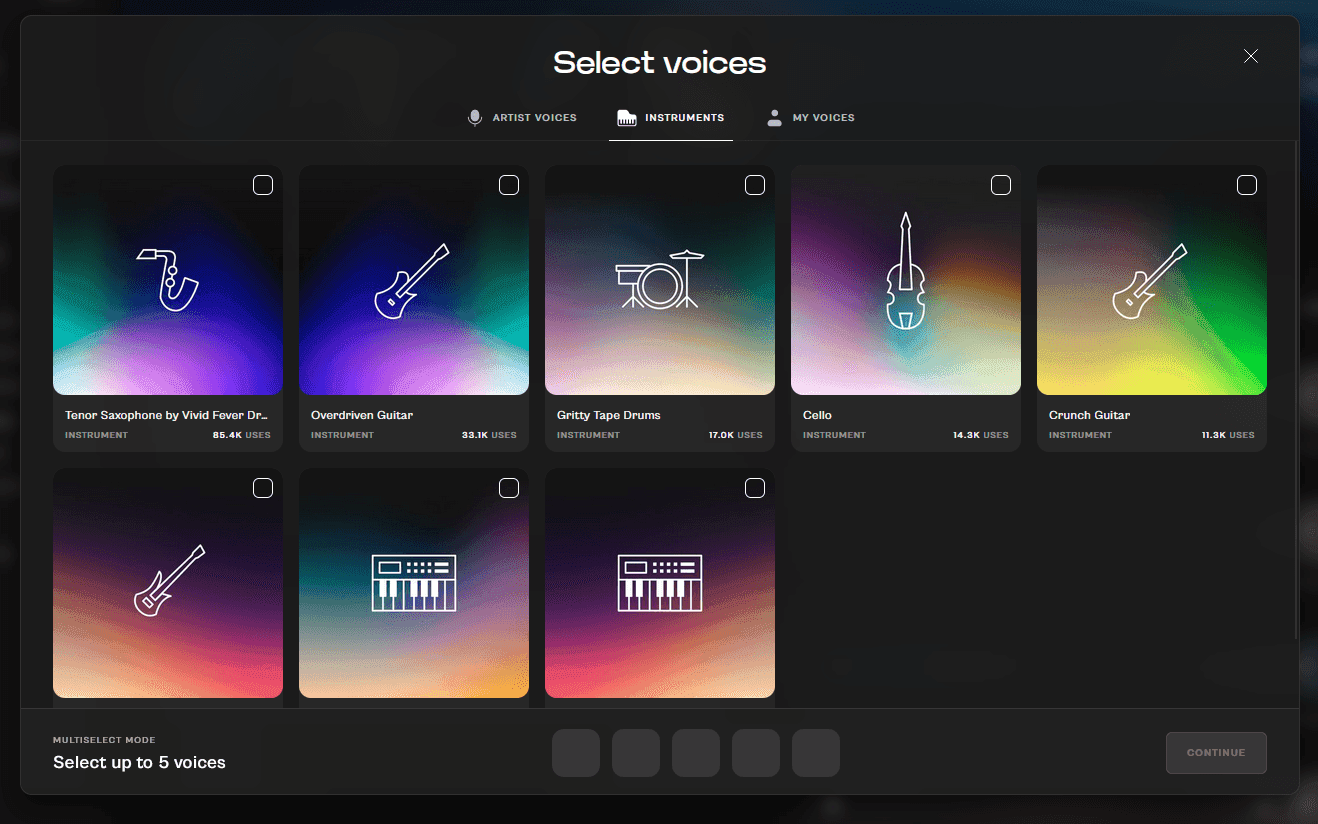
The Art of Sampling for AI Songs
Sampling has always been a cornerstone of music production, and AI voice generators have introduced a new dimension to this practice. Producers can now convert basic audio inputs like desk taps into complex drum grooves or other rhythmic patterns. This innovative approach to sampling underscores the potential of AI tools to transform seemingly mundane sounds into compelling musical elements, enhancing the creative workflow for producers and artists alike.
Integrating AI into Music Production
Applying AI voice generators in a music production setting can remarkably streamline the workflow. By incorporating AI-generated vocals and instruments into a track, producers can alleviate the challenges often associated with recording live vocals and instruments. This integration allows for more efficient experimentation with different textures and harmonies, enabling a producer to quickly evaluate various creative directions for a project.
Leveraging AI Music for Making Demos
AI voice generators also offer substantial benefits for crafting song demos. Transforming your own voice into vocals in the style of a specific vocalist can be a game-changer, particularly for producers pitching to artists or labels. Leveraging an AI singer saves considerable time and resources by providing a realistic representation of how the final version could sound, thus enhancing the demo’s effectiveness and reducing the need for costly studio time.
Personalized Voice Cloning
The ability to train your own AI voice models is a significant advancement, allowing producers to create personalized vocal styles based on an artist's voice. This training process ensures that the music production is tailored to the artist's unique characteristics, fostering a more authentic and distinctive sound. As a result, producers can now work with artist-specific models that resonate more deeply with the intended audience.
Extracting Vocals for Remixing and Sampling
An essential feature of AI voice generators is the vocal remover tool, which is particularly valuable for producers interested in remixing, sampling, or even creating brand-new songs. This tool facilitates the extraction of clean instrumentals, enabling producers to focus on the creative aspects of sampling without the technical hurdles of manually isolating vocals. The utility of this feature in music creation cannot be overstated, as it expands the scope of what can be achieved with sampling.
Refining Mixes with AI Music Separation
The separation of vocals and instrumentals using AI algorithms aids in the mixing and mastering process. Producers can now edit these components with greater ease, leading to an improved overall mix quality. This precise editing capability ensures that each element of the track can be fine-tuned to achieve the desired balance and clarity, which is crucial for a polished final product.
Implementing Text to Speech for Music Production
Text-to-speech functionality is another area where AI voice generators shine. They can create realistic voiceovers or vocal tracks for various projects, with a range of different voice models to choose from. This feature is particularly useful for producers who require quick and convincing voice tracks for their music, videos, or other multimedia projects.
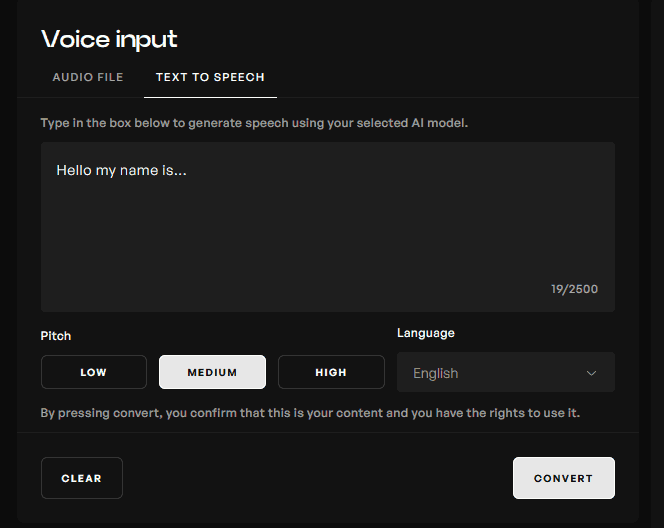
AI voice generators represent a significant evolution in the music production workflow. By harnessing the power of these tools, producers can not only enhance their creative capabilities but also operate with greater efficiency and flexibility. These advancements are not merely incremental improvements but represent a paradigm shift in the way music is produced, offering limitless possibilities for creators to experiment and innovate.
Conclusion: Using AI Singing Voice Generators To Upgrade Your Production Process
As the technology continues to mature, we can expect to see even more sophisticated applications of AI in music production. The ongoing collaboration between technologists and artists will likely yield new tools that further streamline the creative process, making it more accessible to a wider range of musicians. While AI voice generators are already a potent force in the industry, the future holds even more promise for these remarkable tools. The convergence of AI and music is not just a trend but a transformative movement that is redefining the boundaries of what's possible in the realm of auditory art.
